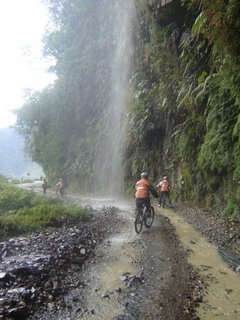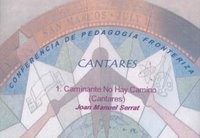“History in the making….” have you heard that expression? Of course, everyone has; the trouble is what if you miss it? What if history passed you by? It always becomes harder to recover it; doesn’t it? Primary sources are gone, people’s memories fade – you get the picture…or not!
Take for example Rosa Parks – one of the icons of the Civil Rights movement. She passed away this past month – and the country mourned her. Will new generations know and remember her? I hope so. It is up to us history teachers to keep her contributions vibrant and in perspective – we should make sure Americans never forget. May she rest in peace – heaven and earth are richer places because of her.
On a lighter note… I occasionally come across some great discoveries – of all places at garage sales! (Honestly – I hate shopping, but I break for used books and old items of interest). In any case, I picked up a box full of old “78” records a while back for I think a few dollars. Well I did not know I hit the jackpot! I have literally over 100 old records some dating all the way back to the early 1900s! And the music? – all kinds, from country to jazz, to blues, to classical. And the labels? – you name it: Odeon, Capitol, Okeh. Decca, Victor, etc. How about the artists? – Bing Crosby, Gene Autry, “Fats” Waller (Jazz), even Caruso – yes THE Caruso. Here is one example:

This is a first recording of Gene Autry’s signature song: “Back in the Saddle Again” I would have never thought I would own it! Pretty cool – huh? Then you start thinking about it – this would make a great lesson for the kids… This recording dates back to 1939 – just before World War II. A technique to trace history is to look at the life of one individual, so why not Gene Autry? You can learn a lot! Who was Gene Autry prior to 1939? What did he do after 1939? What was Texas, Oklahoma and California like when he lived there? How did it change during WWII? What did Gene Autry contribute to the war effort? You can even introduce some fun stuff like - can you trace “Back in the Saddle Again” in a new movie? (Sleepless in Seattle) Why was this particular record selected – was it important, why?
Great possibilities you have to admit – you can also engage the kids in the history of technology 10” 78 RPMs vs today’s CDs and podcasting. You can even create a project to “clean” up the sound of a 78 – and digitize it to a CD as a way of preserving history. Well – ? Yeah, it would work. Of course you would need one of these…

And yes – this record player has four speeds: 16, 33, 45, 78 RPMs– I bet most of you have never heard of a 16 rpm record?












